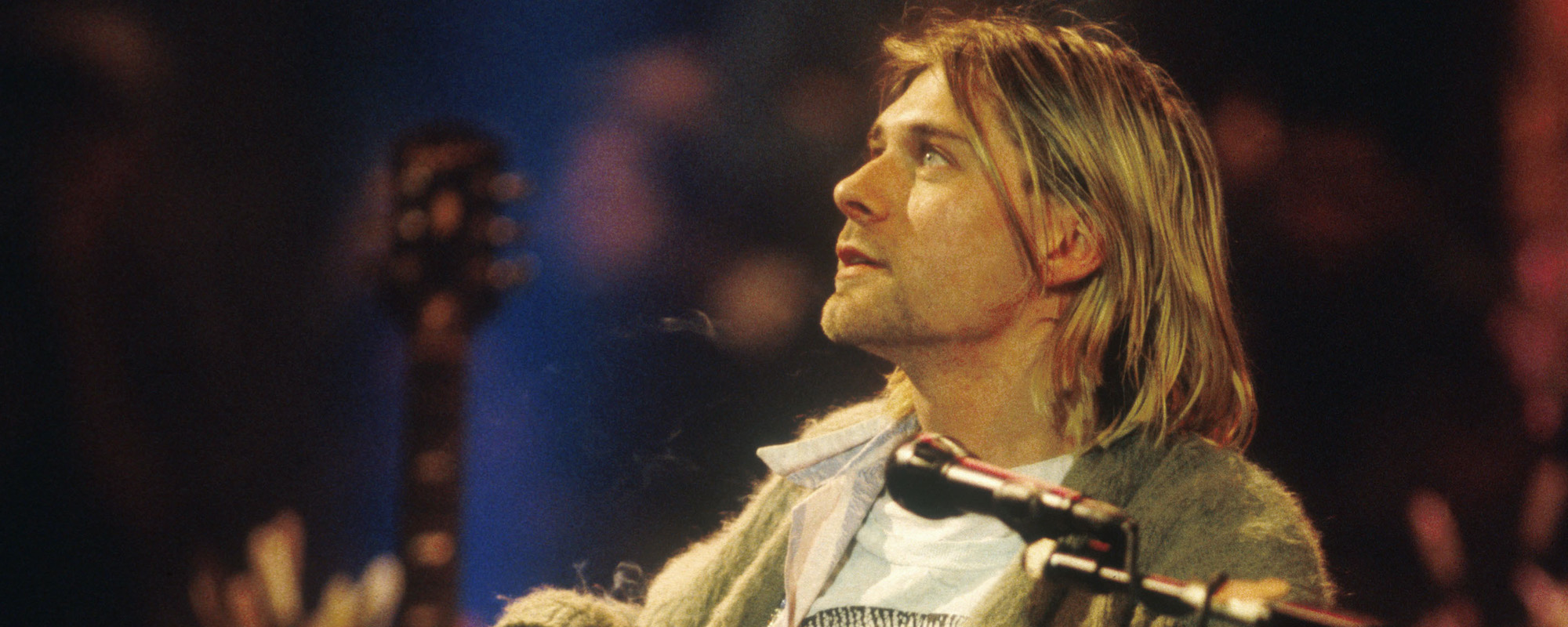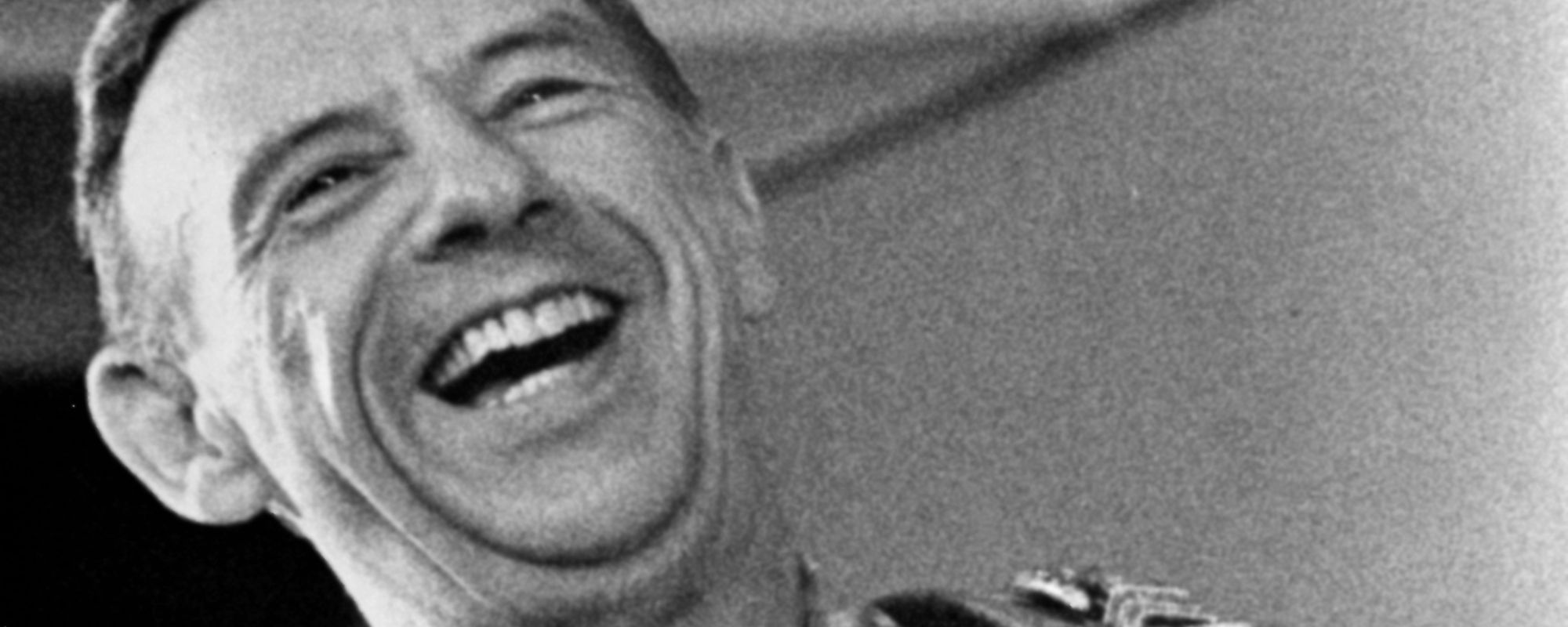We often assume that musicians eat, sleep, and breathe their artistic craft, and while that’s often true, Marty Robbins used music as a means to an end to fund his true dream job: a stock-car racer. Certainly, Robbins’ legacy is far more rooted in his Western crooning than in how many racing trophies he collected over his nearly two-decades-long career on the track.
Videos by American Songwriter
Nevertheless, Marty Robbins living out his dream job of being a stock-car racer is an interesting addition to the sport’s history. A history that, at the time of Robbins’ involvement, was just under 20 years old.
Marty Robbins Paid For Dream Job With Music Money
For most musical performers, being a chart-topping recording artist would be “dream job” enough. But for Marty Robbins, music was simply a way to finance his real passion for stock-car racing. The “El Paso” singer made his NASCAR Cup Series debut in 1966, finishing at a very modest 25th out of 36 places. Robbins would end his racing career with six top-ten finishes under his belt. Otherwise, he was hardly the same kind of superstar on the track as he was in the studio.
Nevertheless, racing wasn’t a means of survival for Robbins. He was, for all intents and purposes, just happy to be there. The iconic country singer raced a total of 33 events, finishing in the top five one time. In addition to smaller events that he could fit into his busy recording and performance schedule, Robbins raced on tracks recognizable even to those outside of the NASCAR realm, including the Talladega Superspeedway and the Daytona International Speedway.
Robbins’ last race was the 1982 Atlanta Journal 500. One month later, the musical icon died after suffering a third heart attack in early December of that year. Robbins went to the hospital for quadruple coronary artery bypass surgery but was unable to recover. He died at 57 on December 8.
He Was A Racer’s Kind Of Racecar Driver
As someone with multiple chart-topping hits and a well-established musical legacy, Marty Robbins had virtually every opportunity to use his star power to his advantage. And while the money he earned from performing did give him a leg up that other career racers might not have had, he never exploited his fame to win races. Robbins raced for the enjoyment of the sport. And when the time came to exercise good sportsmanship and integrity, he always did.
During the Charlotte 500 in early October 1974, Robbins willingly crashed into a wall going 160 mph to avoid T-boning fellow racer Richard Childress. A NASCAR official said of the harrowing moment, “What [Marty] did out there today saved at least one life and probably kept some other drivers from being maimed. He could have killed himself moving into that wall that way. But in the split second that counted, he chose to possibly give his life over hurting somebody else. I don’t think you can be much more of a man than that.”
Two years earlier, Robbins wowed spectators as he zoomed around the track, 15 mph faster than his qualifying time. When event organizers tried to give him an award for Rookie of the Race, Robbins refused, admitting that he had tampered with his carburetor against NASCAR guidelines. The country singer humbly said he “just wanted to see what it was like to run up front for once.”
Photo by Andrew Putler/Redferns/Getty Images










Leave a Reply
Only members can comment. Become a member. Already a member? Log in.